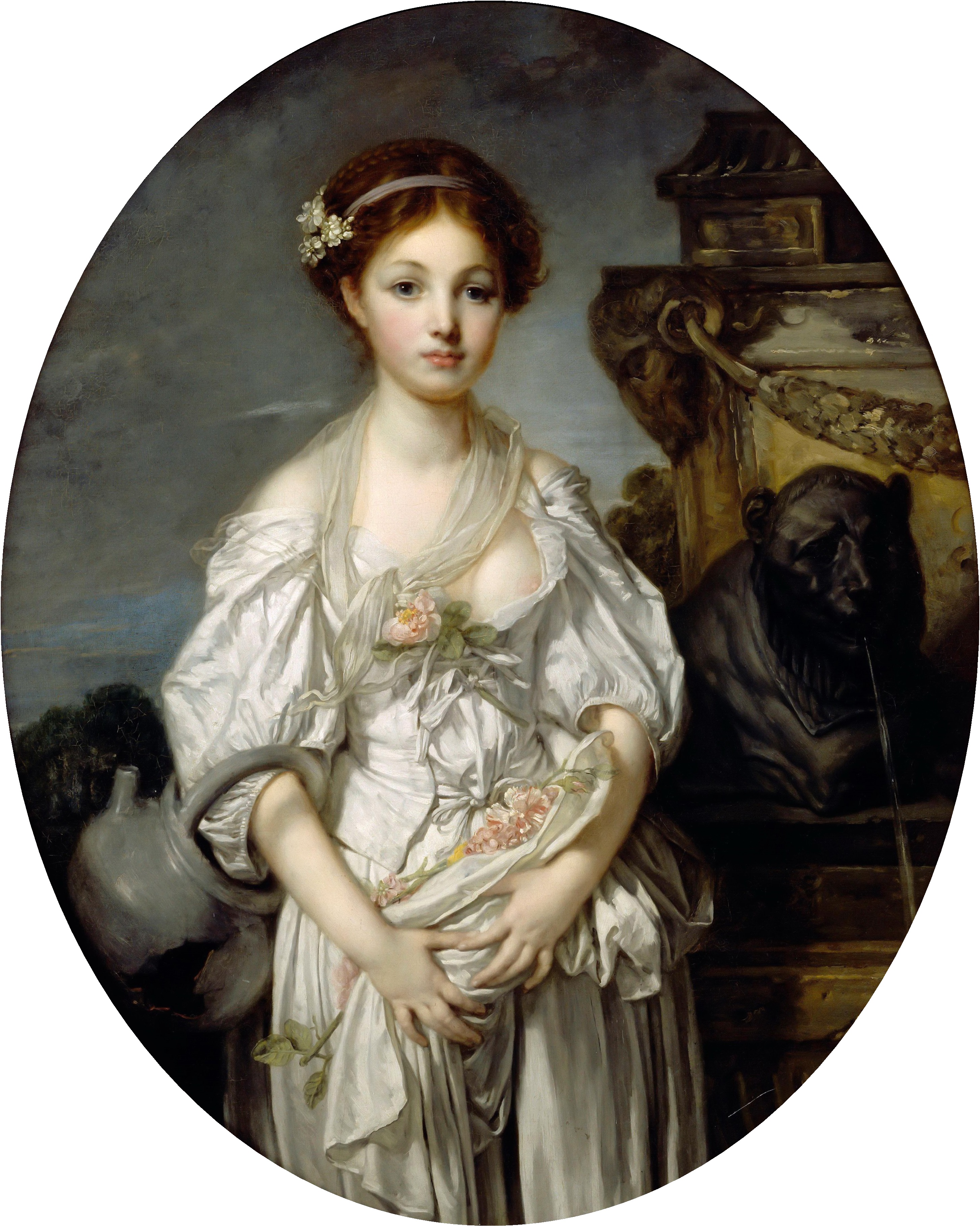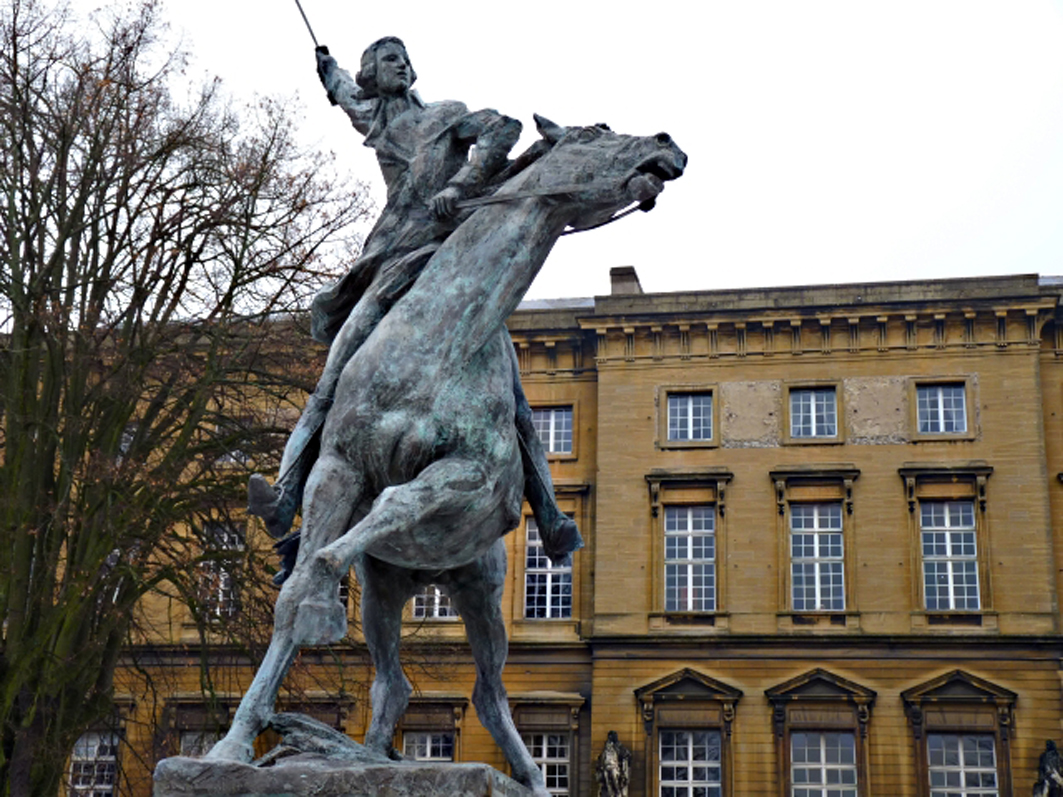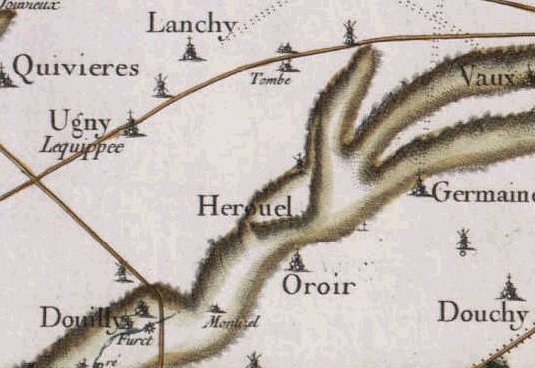|
Jean-Frédéric De La Tour Du Pin-Gouvernet
Jean-Frédéric de La Tour du Pin Gouvernet, (; 22 March 1727 – 28 April 1794), ''comte de Paulin'', was a French nobleman, general and politician. After a military career that spanned over forty years, he was elected deputy to the Estates-General of 1789 for the nobility. His short political life came to an end after his nomination as the penultimate Secretary of State for War at the start of the French Revolution. A monarchist, he was sentenced to death and guillotined in 1794 alongside his elder brother Philippe-Antoine. Life Born in Grenoble on 22 March 1727 from a noble family, he was the son of Jean de La Tour du Pin Gouvernet, ''comte de Paulin'', and Suzanne de La Tour de La Cluse.La Tour Du Pin Neil Jeffares, Dictionary of pastellists before 1800 In 1755, he married Marguerite Cécile Séraphine de Guinot, da ... [...More Info...] [...Related Items...] OR: [Wikipedia] [Google] [Baidu] |
Jean-Baptiste Greuze
Jean-Baptiste Greuze (, 21 August 1725 – 4 March 1805) was a French painter of portraits, genre scenes, and history painting. Early life Greuze was born at Tournus, a market town in Burgundy. He is generally said to have formed his own talent; at an early age his inclinations, though thwarted by his father, were encouraged by a Lyonnese artist named Grandon, or Grondom, who enjoyed during his lifetime considerable reputation as a portrait-painter. Grandon not only persuaded Greuze's father to give way to his son's wishes, and permit the boy to accompany him as his pupil to Lyon, but, when at a later date he left Lyon for Paris, Grandon carried young Greuze with him. Career Settled in Paris, Greuze worked from the living model in the school of the Royal Academy, but did not attract the attention of his teachers; and when he produced his first picture, ''Le Père de famille expliquant la Bible a ses enfants'', considerable doubt was felt and shown as to his share in its ... [...More Info...] [...Related Items...] OR: [Wikipedia] [Google] [Baidu] |
Ambleville, Charente
Ambleville () is a former commune in the Charente department in the Nouvelle-Aquitaine region of southwestern France. On 1 January 2022, it was merged into the new commune of Lignières-Ambleville. Geography Location and access Ambleville is a commune in the west of the department of Charente located 7 km south of Segonzac, 18 km southeast of Cognac, and 31 km west of Angoulême. The area of the commune of Ambleville is about 500 hectares. The village of Ambleville is also 7 km east of Archiac, 10 km north of Barbezieux-Saint-Hilaire and 14 km west of Chateauneuf-sur-Charente. The main route to the commune is the D699 road from Angoulême to Archiac, Pons, and Jonzac via Châteauneuf. This former national road was part of the road from Limoges in Haute-Vienne to Mirambeau in Charente-Maritime. The D44 road goes northwest towards Cognac via Saint-Fort-sur-le-Né and goes south towards Barbezieux.IGN Map on the Géoportail The nearest railway ... [...More Info...] [...Related Items...] OR: [Wikipedia] [Google] [Baidu] |
Ambleville (Charente) , a commune of the department of Val-d'Oise in France
{{geodis ...
Ambleville may refer to: * Ambleville, Charente, a former commune of the department of Charente in France * Ambleville, Val-d'Oise Ambleville () is a commune in the Val-d'Oise department in Île-de-France in northern France. Population See also *Communes of the Val-d'Oise department The following is a list of the 183 Communes of France, communes of the Val-d'Oise Dep ... [...More Info...] [...Related Items...] OR: [Wikipedia] [Google] [Baidu] |
Cubzac-les-Ponts
Cubzac-les-Ponts (; ), also referred to as Cubzac, is a communes of France, commune of the Gironde Departments of France, department in Nouvelle-Aquitaine, a Regions of France, region in southwestern France.Commune de Cubzac-les-Ponts (33143) INSEE Located 20 km northeast of Bordeaux, it is a crossing point of the river Dordogne (river), Dordogne. Cubzac has three bridges, one designed by Gustave Eiffel. During the Middle Ages, Cubzac served as a watchtower through the Four Sons of Amon castle. Different means of crossing the river in Cubzac have historically been used, from pontoon bridges and horse-powered ferries to steel and concrete bridges. Part of a vibrant wine region, Cubzac has several wine castles, including the Terrefort castle. It has developed its own sparkling wine, ... [...More Info...] [...Related Items...] OR: [Wikipedia] [Google] [Baidu] |
Gilbert Du Motier, Marquis De Lafayette
Marie-Joseph Paul Yves Roch Gilbert du Motier de La Fayette, Marquis de La Fayette (; 6 September 1757 – 20 May 1834), known in the United States as Lafayette (), was a French military officer and politician who volunteered to join the Continental Army, led by General George Washington, in the American Revolutionary War. Lafayette was ultimately permitted to command Continental Army troops in the decisive Siege of Yorktown in 1781, the Revolutionary War's final major battle, which secured American independence. After returning to France, Lafayette became a key figure in the French Revolution of 1789 and the July Revolution of 1830 and continues to be celebrated as a hero in both France and the United States. Lafayette was born into a wealthy land-owning family in Chavaniac in the province of Auvergne in south-central France. He followed the family's martial tradition and was commissioned an officer at age 13. He became convinced that the American revolutionary cause was ... [...More Info...] [...Related Items...] OR: [Wikipedia] [Google] [Baidu] |
Arthur Dillon (1750-1794)
{{human name disambiguation, Dillon, Arthur ...
Arthur Dillon may refer to: * Arthur Dillon (1670–1733), an Irish-born soldier in the French army *Arthur Dillon (1750–1794), French-Irish soldier, grandson of Arthur Dillon (1670–1733) *Arthur Dillon (1834–1922), French cavalry officer and Boulangiste, grandson of Arthur Dillon (1750–1794) *Arthur Richard Dillon (1721–1806), French archbishop See also * Dillon (surname) Dillon is an Irish surname of Breton origin, descending from a cadet branch of Viscomte de Leon in Northern Brittany. It first appeared in Ireland with the arrival of Sir Henry de Leon, in the service of Prince John in 1185. Sir Henry married M ... [...More Info...] [...Related Items...] OR: [Wikipedia] [Google] [Baidu] |
Henriette-Lucy, Marquise De La Tour Du Pin Gouvernet
Henriette-Lucy, Marquise de La Tour-du-Pin-Gouvernet (25 February 1770, Paris – 2 April 1853, Pisa) (also known as Lucie) was a French aristocrat famous for her posthumously published memoirs entitled ''Journal d'une femme de 50 ans''. The memoirs are a first-hand account of her life through the Ancien Régime, the French Revolution, and the Imperial court of Napoleon, ending in March 1815 with Napoleon's return from exile on Elba. Her memoirs serve as unique testimony to much unchronicled history. Life Early life Henriette-Lucy Dillon was born into a prominent Irish Wild Geese Jacobite military family in France. She was daughter of Arthur Dillon, colonel-proprietor of the Dillon Regiment, and the lady-in-waiting Thérèse-Lucy de Rothe (1751–1782). Her father had been born in England, so she was often regarded in France as English. However the family, of Norman descent, was linked to the Dillons of Costello-Gallen and the lords of Drumraney in Ireland, who were gra ... [...More Info...] [...Related Items...] OR: [Wikipedia] [Google] [Baidu] |
Fouquier-Tinville
Antoine Quentin Fouquier de Tinville (, 10 June 17467 May 1795), also called Fouquier-Tinville and nicknamed posthumously the Provider of the Guillotine was a French lawyer and accusateur public of the Revolutionary Tribunal during the French Revolution and Reign of Terror. From March 1793 he served as the "public prosecutor" in Paris, demanding the execution of numerous accused individuals, including famous ones, like Marie Antoinette, Marie-Antoinette, Georges Danton, Danton or Maximilien Robespierre, Robespierre and overseeing the sentencing of over two thousand of them to the guillotine. In April 1794, it was decreed to centralise the investigation of court records and to bring all the political suspects in France to the Revolutionary Tribunal to Paris. Following the events of the Fall of Maximilien Robespierre, 10th Thermidor, he was arrested early August. He was tried by the Revolutionary Tribunal as one of the major figures responsible for the excesses and injustices that ... [...More Info...] [...Related Items...] OR: [Wikipedia] [Google] [Baidu] |
Jacobin (politics)
A Jacobin (; ) was a member of the Jacobin Club, a revolutionary political movement that was the most famous political club during the French Revolution (1789–1799). The club got its name from meeting at the Dominican rue Saint-Honoré Monastery of the Jacobins. The Dominicans in France were called ''Jacobins'' (, corresponds to ''Jacques'' in French and ''James'' in English) because their first house in Paris was the Saint Jacques Monastery. The terms Jacobin and Jacobinism have been used in a variety of senses. Prior to 1793, the terms were used by contemporaries to describe the politics of Jacobins in the congresses of 1789 through 1792. With the ascendancy of Maximilien Robespierre and the Montagnards into 1793, they have since become synonymous with the policies of the Reign of Terror, with Jacobinism now meaning "Robespierrism". As Jacobinism was memorialized through legend, heritage, tradition and other nonhistorical means over the centuries, the term acquir ... [...More Info...] [...Related Items...] OR: [Wikipedia] [Google] [Baidu] |
National Assembly (French Revolution)
During the French Revolution, the National Assembly (), which existed from 17 June 1789 to 9 July 1789, was a revolutionary assembly of the Kingdom of France formed by the representatives of the Estates of the realm#Third Estate, Third Estate (commoners) of the Estates-General of 1789, Estates-General and eventually joined by some members of the First and Second Estates. Thereafter (until replaced by the Legislative Assembly (France), Legislative Assembly on 30 September 1791), it became a legislative body known as the National Constituent Assembly (France), National Constituent Assembly (), although the shorter form was favored. Background The Estates-General of 1789, Estates-General had been called on 5 May 1789 to manage France's financial crisis, but promptly fell to squabbling over its own structure. Its members had been elected to represent the estates of the realm: the Estates General (France), 1st Estate (the clergy), the Estates General (France), 2nd Estate (the nobil ... [...More Info...] [...Related Items...] OR: [Wikipedia] [Google] [Baidu] |
Saintes, Charente-Maritime
Saintes (; Poitevin-Saintongeais: ''Sénte'') is a Communes of France, commune and historic town in western France, in the Charente-Maritime department of which it is a Subprefectures in France, sub-prefecture, in Nouvelle-Aquitaine. Saintes is the second-largest city in Charente-Maritime, with inhabitants in 2021. The city's immediate surroundings form the second-most populous metropolitan area in the department, with inhabitants. While a majority of the surrounding landscape consists of fertile, productive fields, a significant minority of the region remains forested, its natural state. In Roman times, Saintes was known as ''Mediolanum Santonum''. During much of its history, the name of the city was spelled Xaintes or Xainctes. Primarily built on the left bank of the Charente, Saintes became the first Roman capital of Aquitaine. Later it was designated as the capital of the province of County of Saintonge, Saintonge under the Ancien Régime. Following the French Revolution, ... [...More Info...] [...Related Items...] OR: [Wikipedia] [Google] [Baidu] |
Angoumois
Angoumois (), historically the County of Angoulême, was a county and province of France, originally inferior to the parent duchy of Aquitaine, similar to the Périgord to its east but lower and generally less forested, equally with occasional vineyards throughout. Its capital was Angoulême with its citadel and castle above the river Charente. It almost corresponds to the Charente Department which also takes in the east of the coastal comté de Saintonge. cites Castaigne's 1845 ''Essai d'une bibliothèque historique de l'Angoumois'' History This area was a county and province of France, originally inferior to the parent duchy of Aquitaine, similar to the Périgord to its east. Many of the historic churches and castles, or castle ruins in the county, survive. Today it is noted for sunflowers and Cognac, the archetypal brandy, one of its small towns being at its origin, as much as its historic mainstay crops of corn and wheat. In the High Middle Ages, an enlarged A ... [...More Info...] [...Related Items...] OR: [Wikipedia] [Google] [Baidu] |



